Centro de recursos
A partir de ahora, AARP realizará aquí una teleasamblea semanal en vivo sobre el coronavirus los jueves a la 1 p.m., hora del este. Marca esta página y únete a nosotros todas las semanas para informarte de las últimas novedades sobre el coronavirus llamando gratis al 855-274-9507.
Quédate en casa, con los expertos Ty Pennington, Carla Hall y Matt Paxton


Membresía de AARP: $15 por tu primer año cuando te inscribes en la renovación automática.
Obtén acceso inmediato a productos exclusivos para socios y cientos de descuentos, una segunda membresía gratis y una suscripción a AARP The Magazine.
Únete a AARP
El experto en reparaciones y remodelaciones Ty Pennington, la chef Carla Hall y el organizador profesional Matt Paxton se unieron al evento en vivo de preguntas y respuestas. Respondieron a tus preguntas sobre reparaciones en el hogar, preparación de alimentos y la organización dentro de casa.
Si no pudiste conectarte a la teleasamblea escucha una repetición en el vídeo a continuación (en inglés).
Conoce a los expertos
- Ty Pennington es carpintero, autor y estrella de programas de televisión sobre diseño, entre ellos los exitosos "Trading Spaces" y "Extreme Makeover: Home Edition".
- Carla Hall es chef y colaboradora culinaria en "Good Morning America", autora galardonada de libros de cocina, anfitriona de "The Chew", de ABC. Además, fue una popular participante del programa "Top Chef", de Bravo.
- Matt Paxton, uno de los principales expertos en limpieza en el país, se presentó en "Hoarders", de A&E; es autor del libro The Secret Lives of Hoarders y protagoniza la nueva serie de PBS "Legacy List with Matt Paxton".
Para más información visita AARP.org/elcoronavirus













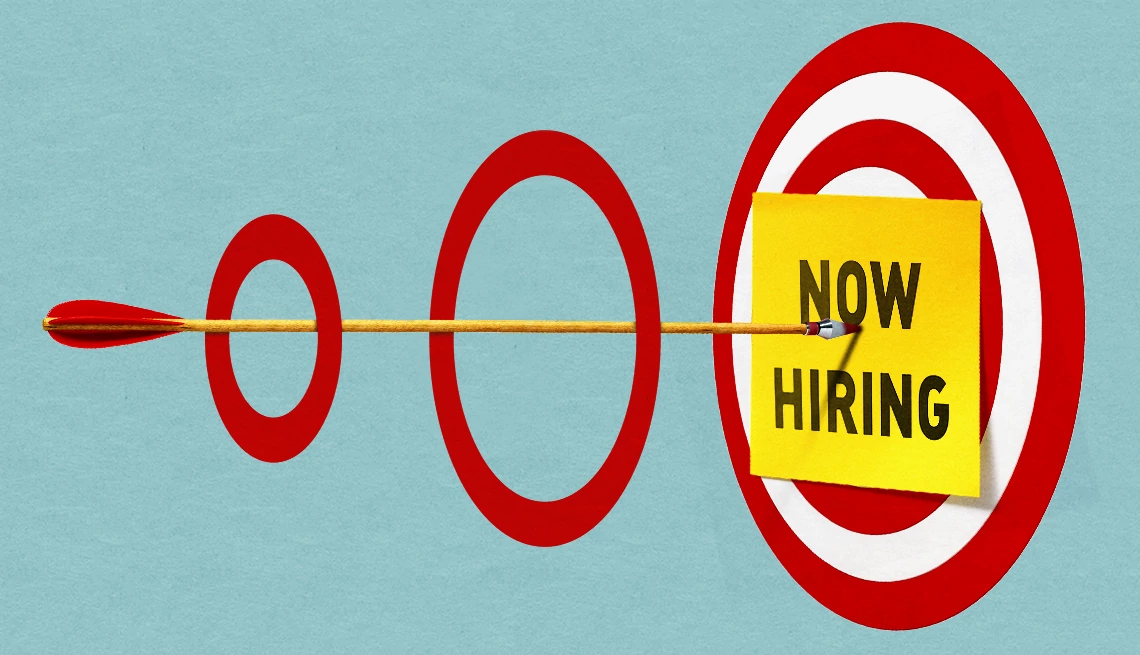








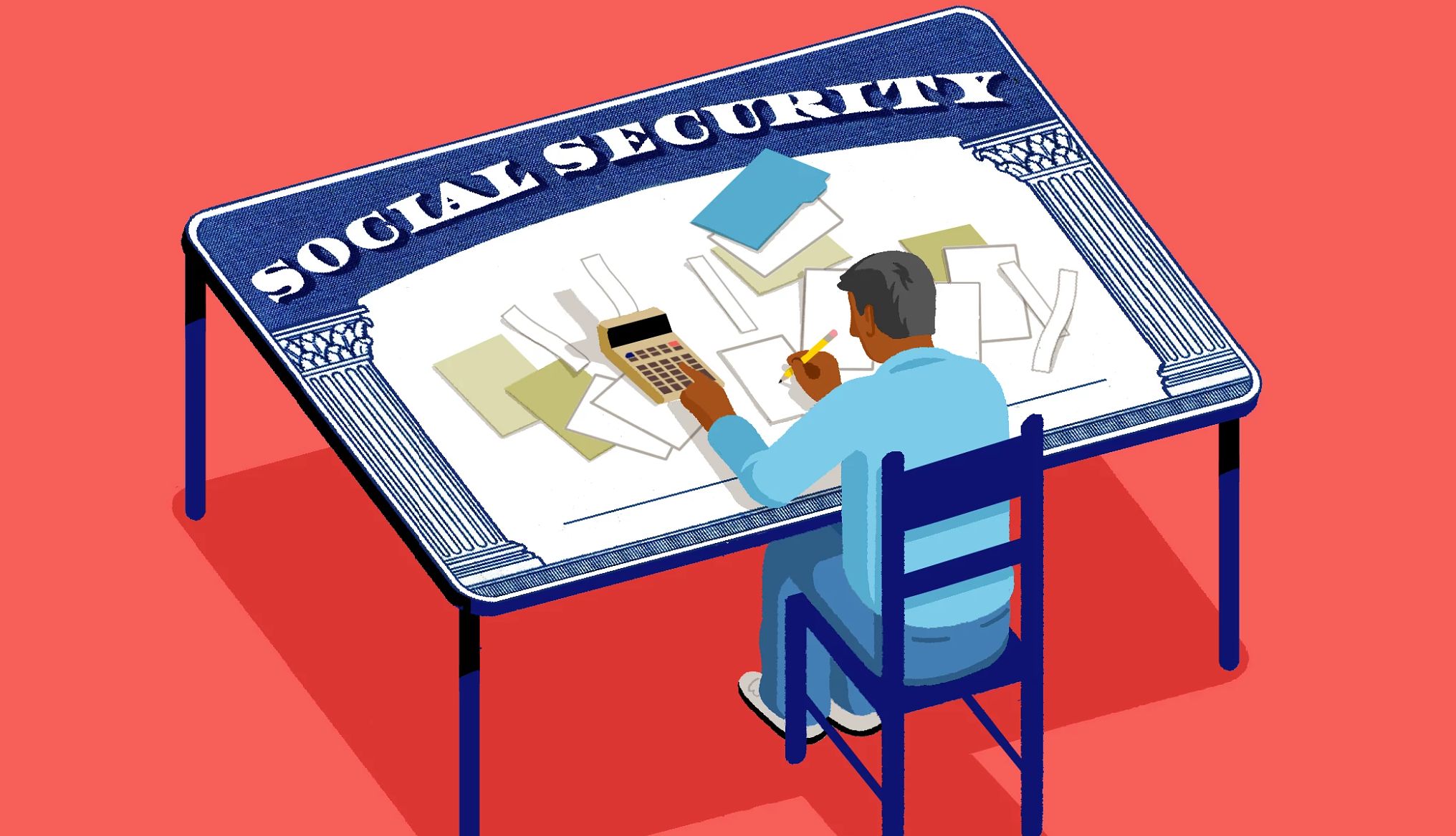
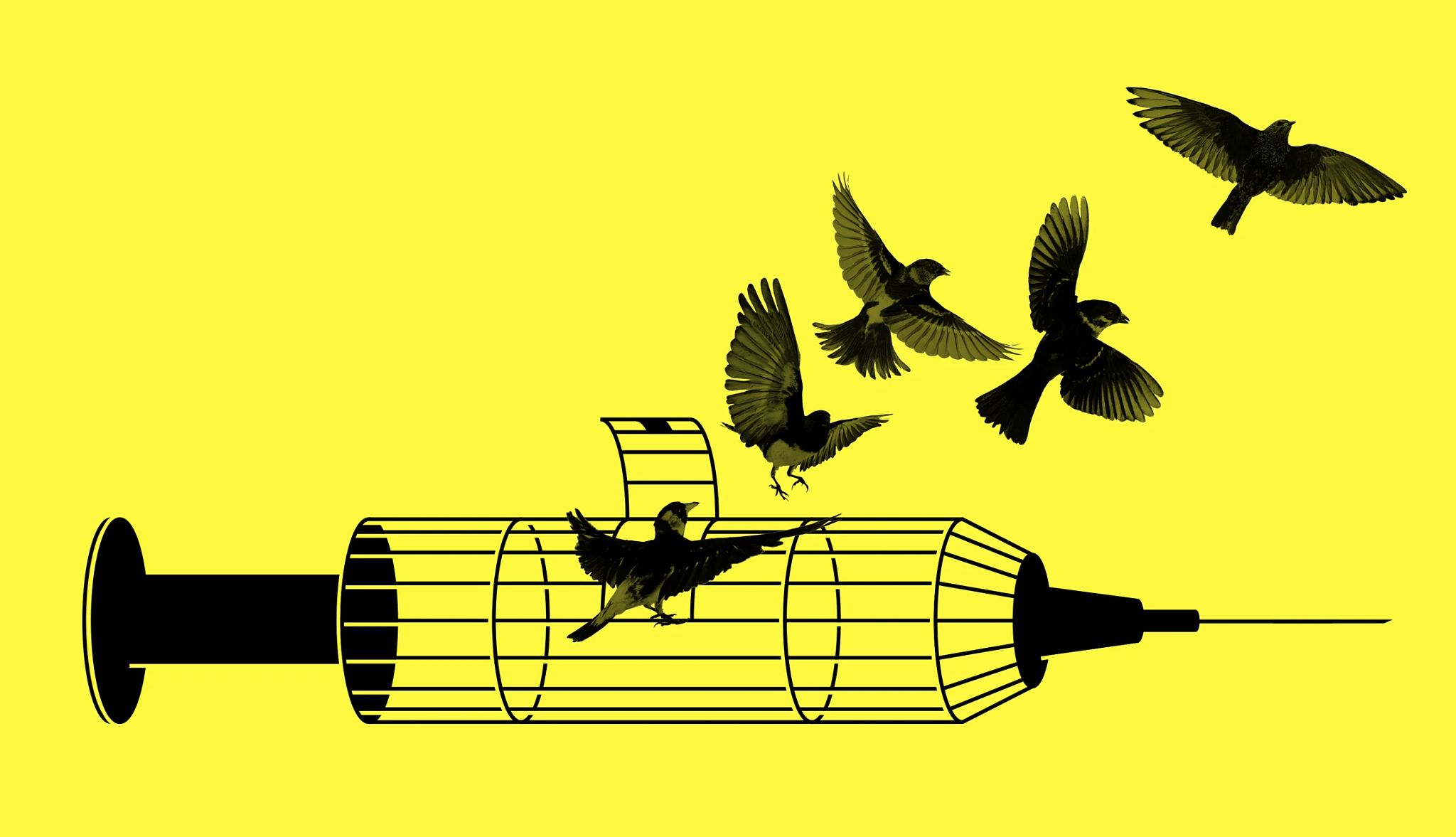
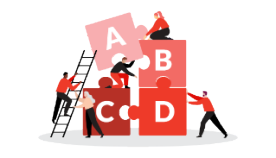











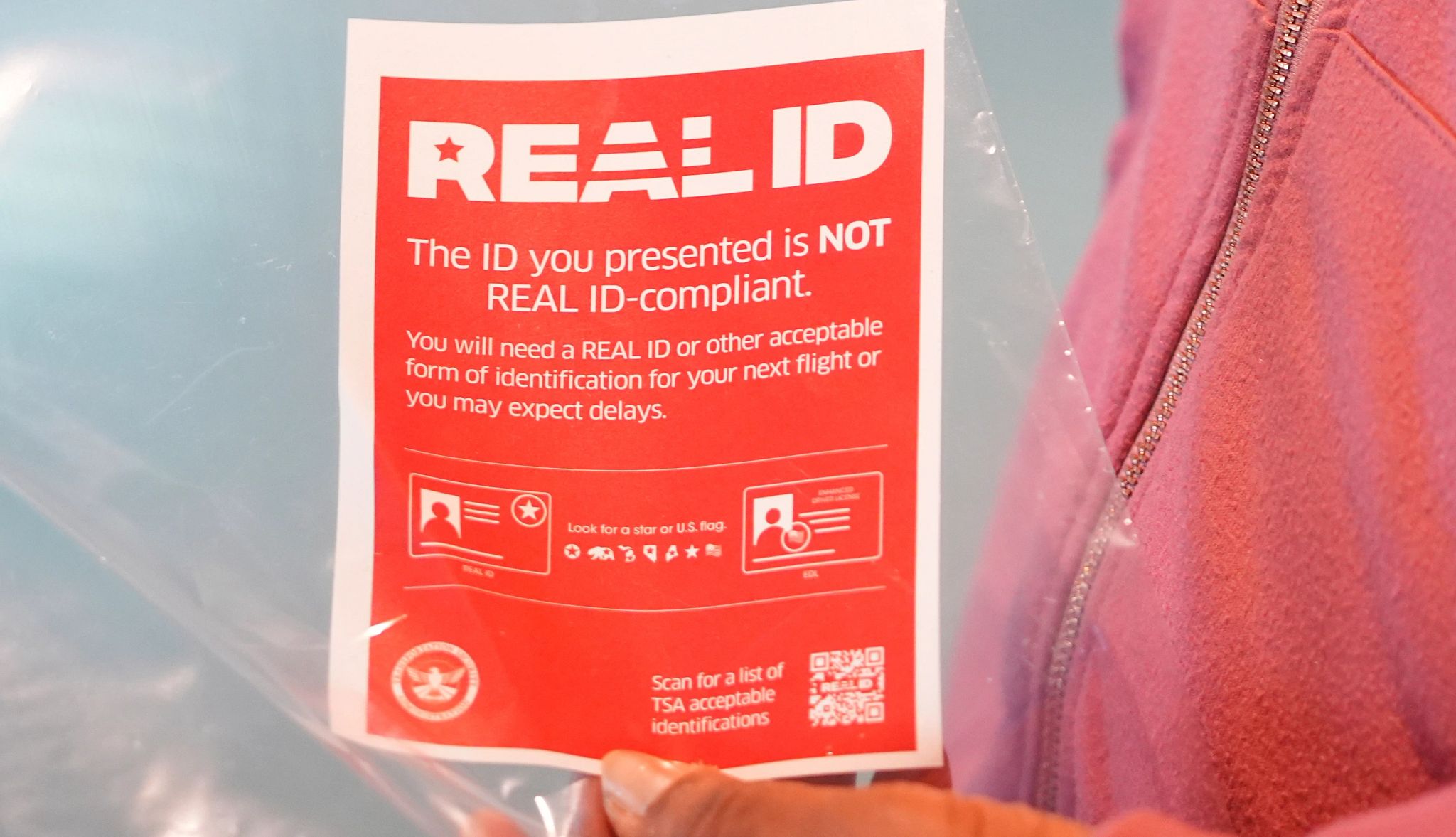
.jpg?crop=true&anchor=13,195&q=80&color=ffffffff&u=lywnjt&w=2008&h=1154)














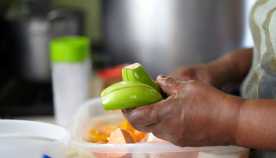












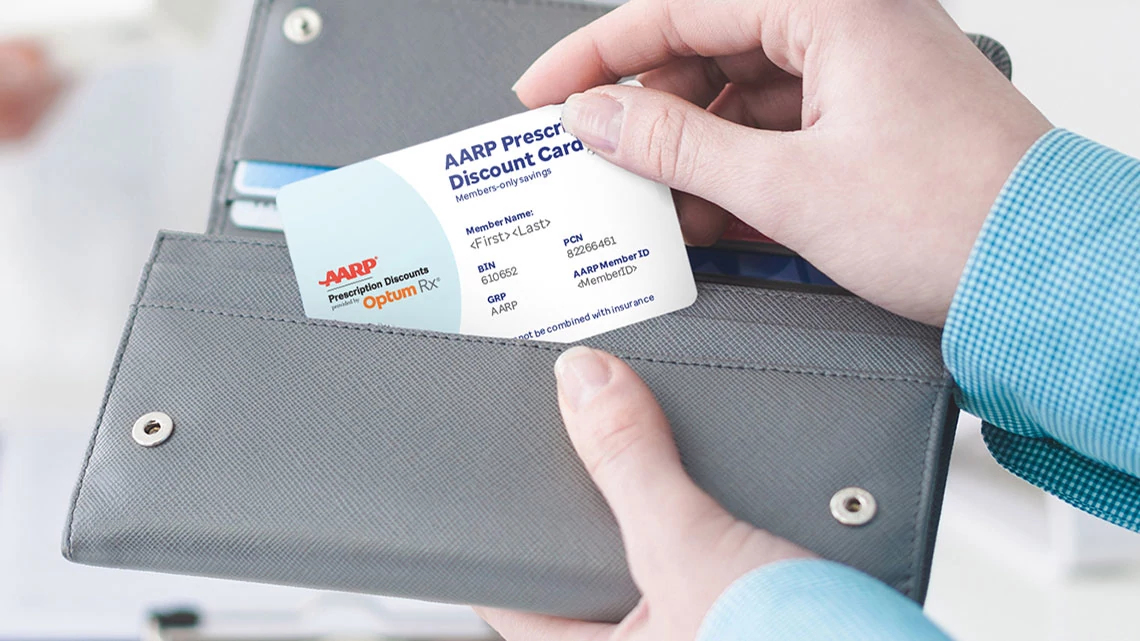



También te puede interesar